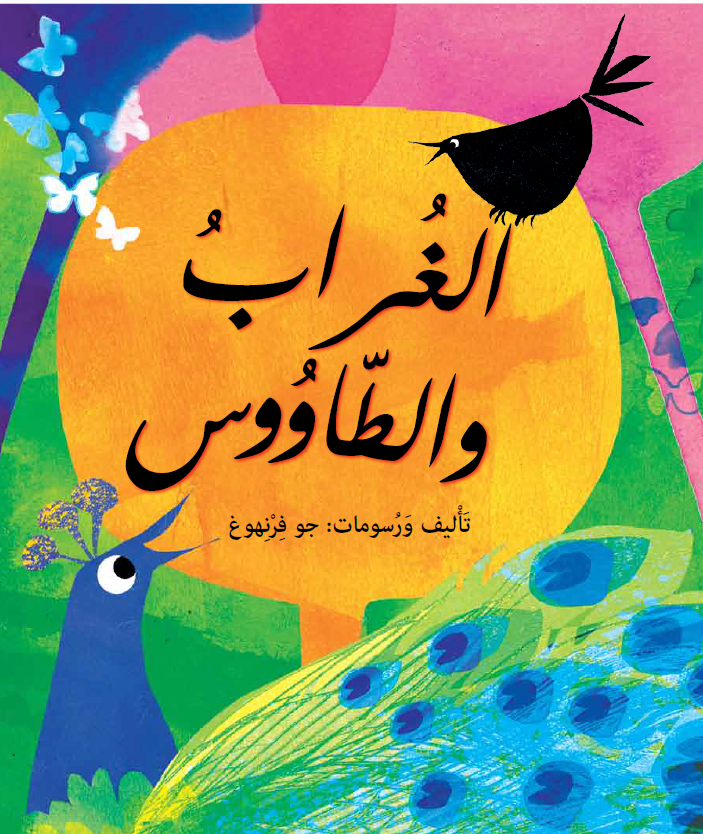
The crow is not satisfied with his looks and is envious of animals and birds for their beauty, until he learns an important lesson from the peacock. This is a book that deals with the issue of jealousy and self-perception and comparing ourselves with others, a topic that preoccupies children at this age. The idea is beautiful; connecting happiness with our perception of ourselves, which is largely formed by others’ perception of us.



